The NWCG Incident Response Pocket Guide (IRPG) establishes standards for wildland fire incident response. The guide provides critical information on operational engagement, risk management, fire environment, all hazard response, and aviation management. It is a collection of guidelines, checklists, and best practices that have evolved over time within wildland fire operations. The intended target audience of the IRPG is field-going wildland fire and aviation personnel from the Incident Commander Type 3 (ICT3) and Division/Group Supervisor (DIVS) level and down. The size makes it easy to fit in a firefighter’s pocket, staying true to the purpose and intent. The IRPG does not provide absolute solutions to the unlimited number of situations that will occur. Some fire line decisions may be relatively simple; many are not. These decisions often require individual judgment, creativity, and collaboration — skills developed through extensive training, dedicated practice, and experience, which the guide facilitates.
Major updates and changes in the 2025 version of the IRPG include:
- Addition of nighttime fuel estimates for reference fuel moisture.
- Updated In Your Fire Weather Forecast section with new materials that use clear text to describe the potential for lightning and impacts of mixing height. This coincides with the removal of the Haines Index and Lightning Activity Level (LAL) by the National Weather Service (NWS).
- Added language to the Unmanned Aircraft Systems (UAS) section outlining key considerations for UAS operations, considerations prior to requesting UAS, and aerial ignitions involving UAS.
- The pages on chainsaw operations had the section name updated, and now includes “Indicators of Complexity” and “Chainsaw Operation Standards”.
- Other changes throughout the IRGP were made to modernize language, update specifications for airtankers and water scoopers, and improve formatting.
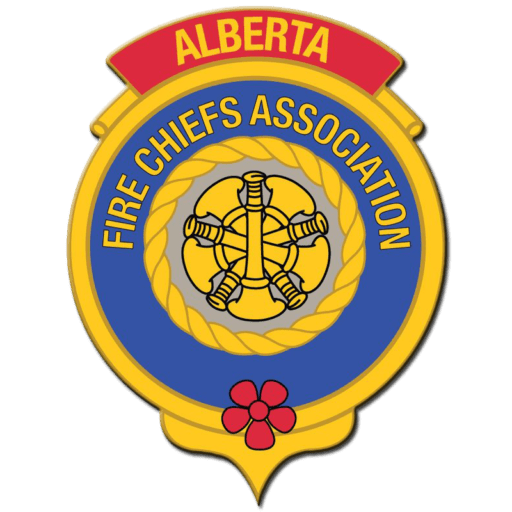

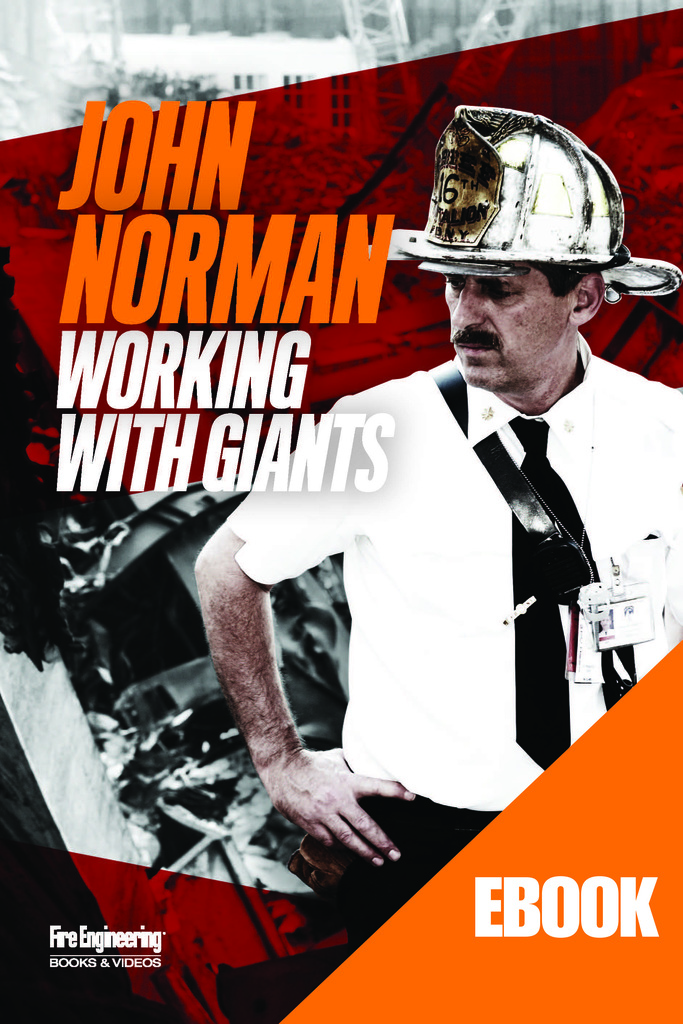
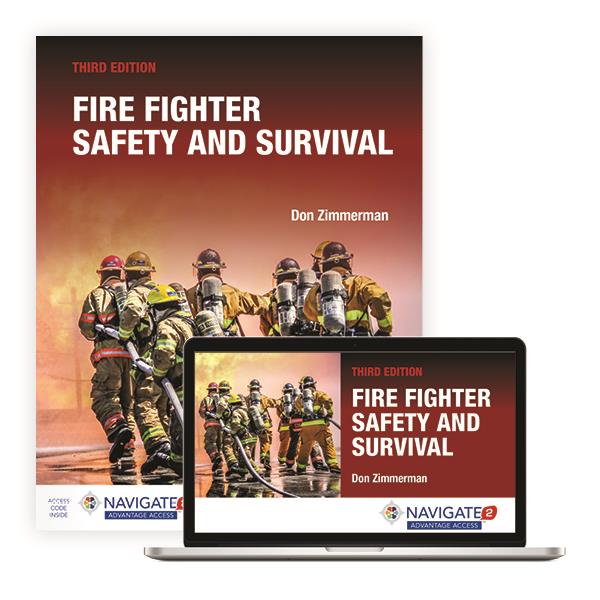
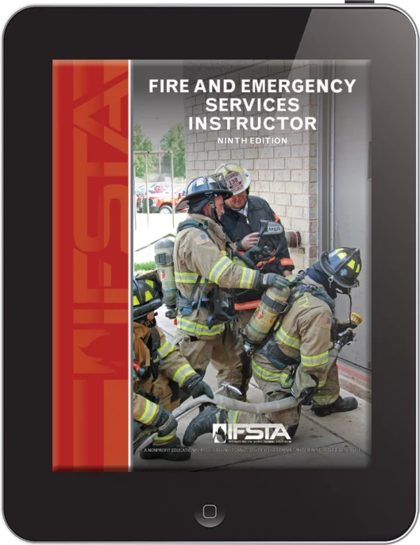
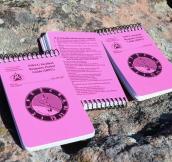
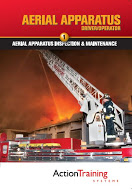
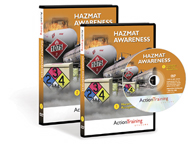
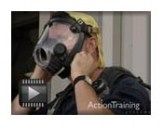
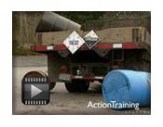
Reviews